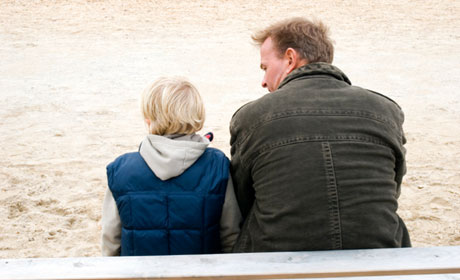
Bullying affects the majority of Canadian children, at least once, throughout their childhood. For some kids, bullying is a daily reality. Bullying is about power and the abuse of power – and abuse is not a normal part of childhood. The effects of bullying are immediate and long-lasting, putting our children at risk for a number of physical, social and mental health problems. As parents, these risks should not be acceptable. Adult intervention stops bullying - it is our responsibility.
Risks for Children who bully
Children who bully are learning to use power and aggression to control and victimize other children. If their behaviour is not addressed they risk growing up not knowing the difference between right and wrong. They risk high rates of delinquency, substance abuse, academic problems and a future of crime. Children who bully risk a lifetime of difficult relationships with others, including being bullied themselves.
Risks for Children who are being bullied
Children who are being bullied feel increasingly powerless and become trapped in relationships in which they are being abused. If the imbalance of power is not addressed, these children will experience social anxiety, loneliness and a sense of hopelessness. They will suffer from headaches, stomach aches and low self esteem. They will want to avoid school, risking their academic performance and increasing their isolation. Children who are being bullied are at higher risk of depression and are more likely to contemplate, attempt or commit suicide.
The Parent’s Role
Parents are responsible for creating positive environments that promote children’s ability to create and maintain healthy relationships. By helping children develop the essential social skills to navigate peer conflicts and by minimizing opportunities for negative peer interactions, parents can help adjust the imbalance of power inherent in bullying relationships.
Bullying can take on many different forms as children progress from early childhood to adolescence. During this time, your child could rotate between any of three characters: the one being bullied, the one bullying and the one watching it all happen. Regardless of what role your child plays, bullying has long-term negative consequences and must be challenged.
This section offers information and practical strategies parents can use to help their children build healthy relationships and prevent violence.
